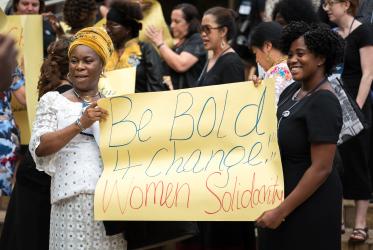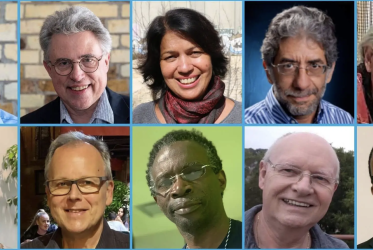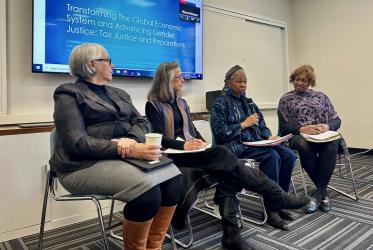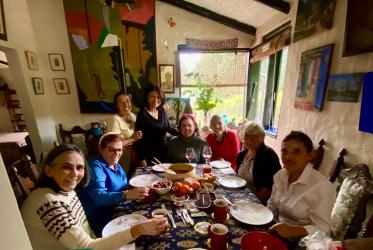While women’s role as television news reporters is more prominent now than ever—with 48% of televised news being reported by women—as subjects and sources women are sharply underrepresented.
In Latin America, indigenous people make up only 1% of subjects and sources (persons seen, heard or spoken about) in television news stories despite being 8% of the population in the region. Out of this meagre proportion, only three out of 10 are women. In European televised news, people age 80 and over are less than 1% of subjects and sources and, of these, just under 28% are women.
COVID-19 presented an opportunity to investigate the gender dimensions of news during a global pandemic. On television, the proportion of women subjects and sources is just at the 30% threshold in COVID-19-related news—this with a meteoric rise in television viewership ratings in many countries during COVID-19. On radio, the gender gap in subjects and sources in COVID-19-related news is markedly narrower than previous patterns up until 2015.
Pandemic news reporting on the internet appears to increase space for women’s voices interviewed as eyewitnesses and spokespersons. The gender gap for sources interviewed as spokespersons is 10 points narrower in web-published stories compared to pre-COVID monitoring.
The gender gap in reporters on pandemic-related news appears to be narrower than in non-pandemic news; Latin America outperforms the rest of the world, with an over-representation of women as reporters in COVID-related online news.
The Global Media Monitoring Project’s final report will present a gender analysis of the 25-year change in the presence, representation and voice of the subjects, sources in mainstream print newspapers, radio and television newscasts, influential news websites and news media tweets in 120 countries.
The project is the sixth in a series of extensive gender media monitoring studies conducted every five years since 1995 by the World Association for Christian Communication, an international non-governmental organization that advocates communication rights in order to achieve social justice.
“These preliminary findings show that women are still shockingly absent from our news, even at a time when we are seemingly more aware of gender injustice,” said Prof. Dr Isabel Apawo Phiri, World Council of Churches’ Deputy General Secretary. “Churches and ecumenical organisations have a role to play by promoting and supporting women’s leadership and calling on media to stop perpetuating gender stereotypes and the marginalization of women especially in vulnerable populations.”
Just Community of Women and Men
Preliminary findings of the 2020 Global Media Monitoring Project







